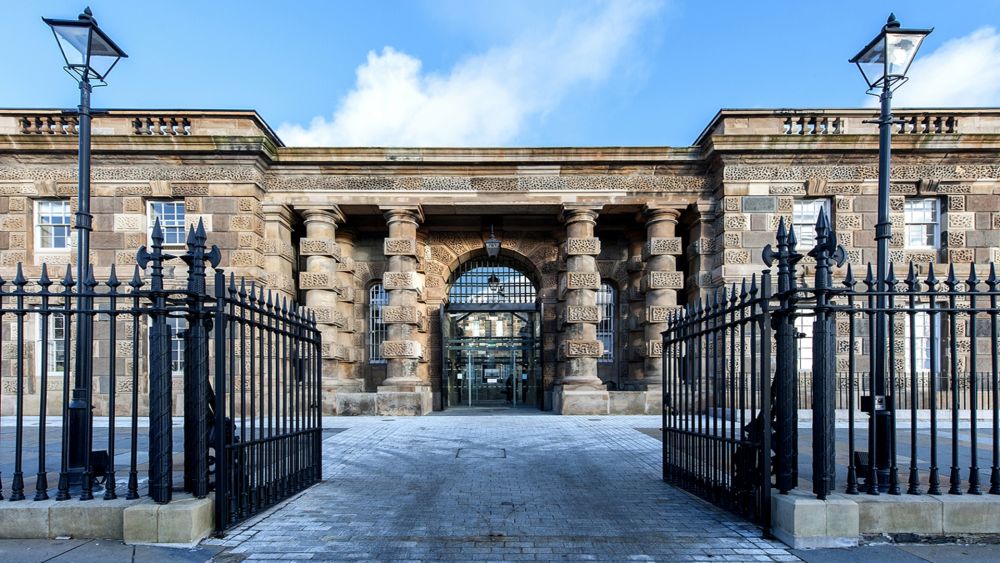

Opening its doors in 1846, Crumlin Road Gaol in Belfast tapped into the city's rich historical tapestry. Known for its Victorian architecture, the Gaol is entwined with Northern Ireland's turbulent political past. Initially constructed to house prisoners in a more humane environment than previous jails, its walls have witnessed the stories of over 25,000 inmates, including suffragettes, political prisoners, and wartime detainees.
The demise of Crumlin Road Gaol as a correctional facility came in 1996 when it was officially closed down after 150 years of operation. After lying dormant for several years, the Gaol underwent significant restoration and was reborn as a visitor attraction and conference center in November 2012.
Today, tourism at Crumlin Road Gaol thrives on the morbid curiosity about life behind bars and the darker aspects of Belfast's history. Tour guides lead visitors through the ominous 'Condemned Man's Cell', the execution chamber where 17 men were hanged, and the underground tunnel that connects the Gaol to the Crumlin Road Courthouse.
In recent years, the popularity of dark tourism has risen significantly, and Crumlin Road Gaol has become an iconic site for those seeking to explore the macabre side of Belfast’s heritage. The Gaol offers a variety of experiences including daily guided tours, paranormal investigations, and a range of special events, from historical talks to live music performances.
Moreover, the rise of "experience tourism" has seen Crumlin Road Gaol expand its offerings to include themed nights and interactive events, catering to an audience that demands more than just sightseeing. Significant enhancements in customer engagement through interactive displays and educational programs have further enriched the visitor experience.
The site has adeptly adapted to the digital age, promoting its presence via social media and embracing cutting-edge technology to offer virtual tours, thus broadening its accessibility. Increasingly, tourists seek out destinations with robust online platforms, and Crumlin Road Gaol has positioned itself accordingly to meet this demand.
In conclusion, the Crumlin Road Gaol is a testament to the evolving nature of tourism, embracing its historical foundations while adapting to the trends of modern travel and visitor expectations. Its success signals the enduring appeal of immersive historical experiences within the global tourism industry.